Prepare NOW: “What May Come” Just Isn’t Going to Go Away!
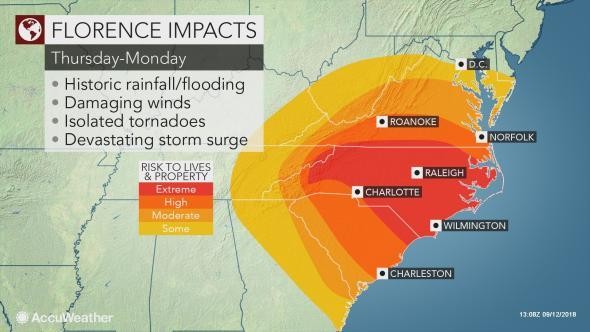
Hurricanes in the east, and wildfires in the west (not to mention all the other ongoing disasters throughout the rest of the world). “These are the times that try men’s souls,” said Thomas Paine. It was true in his day and it’s so true in our day. This need to get better prepared for what may come just isn’t going to go away.
With this theme in mind, I thought I’d show you something, just for drill—the Survival Timetable. It’s sobering:
3 minutes without air
3 hours without shelter (during extreme heat or extreme cold weather)
3 days without water
3 weeks without food
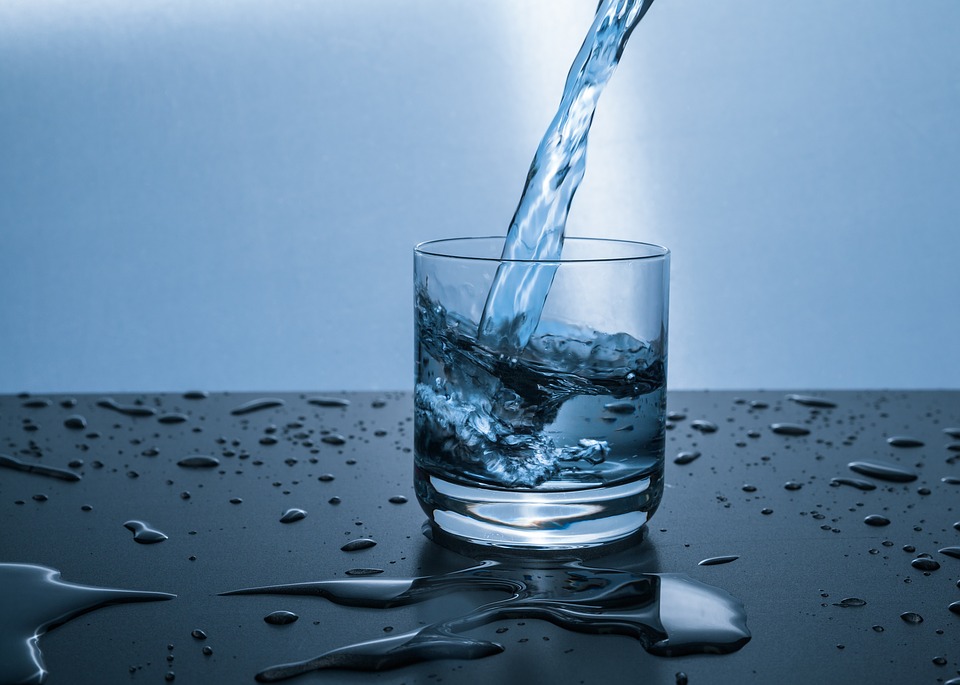
I’ve been sharing Linda Loosli’s advice on food storage (from her fine website, Food Storage Moms, www.foodstoragemoms.com), but just today I read her information on water storage and thought you might appreciate this help as well.
First, you’ll want to figure out how much to store. While the American Red Cross recommends 1gallon per person per day, Linda’s personal experience showed her that wasn’t enough. Now she recommends 4 gallons per person per day. One gallon per person per day would support survival, but with planning ahead, you can ensure better than that—comfort as you survive. This extra water will allow you not only to hydrate, but to keep clean and to cook.
The average time you’ll find yourself on your own in a disaster (waiting for local services or the Red Cross or other emergency agencies/organizations to get to you) is 72 hours, or 3 full days. So to do the math: 4 gallons of water/day/person x 3 days = 12 gallons of water to cover when you’re on your own. Factor in all the others in your family or care, and it adds up quickly. There are 3 people in our home right now, so I need to store 36 gallons of water for the first 72 hours of a disaster.
With amounts established, the next step is to decide how to store your water. What to store it in is important.
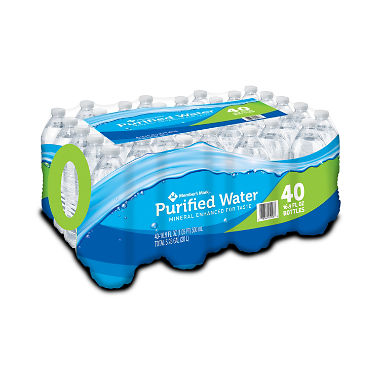
Plastic bottles can be a good place to turn as you’re getting started with your food and emergency storage. There are cases that hold 480 ounces (equaling 3.75 gallons). So this case would be enough for one day for one person. Pros: inexpensive, about $5.00 a case. Cons: only stores for 6-12 months, you can’t safely refill the bottles.
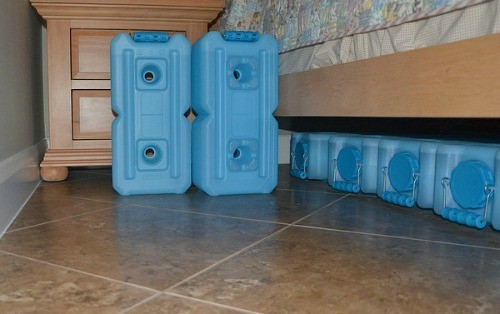
WaterBricks hold 3.5 gallons (the larger ones). Here again, if you use one of these for the allotted water per day you will need one WaterBrick per person per day. Pros: Reusable. You can rotate them every 5 years if you use Water Preserver. Once purchased you have a lifetime water storage container. They have a handle and stack well. (Linda has 56 gallons of WaterBricks water under her guest room bed.) Cons: Weight. Each water-filled container weighs about 27 pounds. And cost. They range from $20.00 each to $175.00 for ten containers on Amazon.
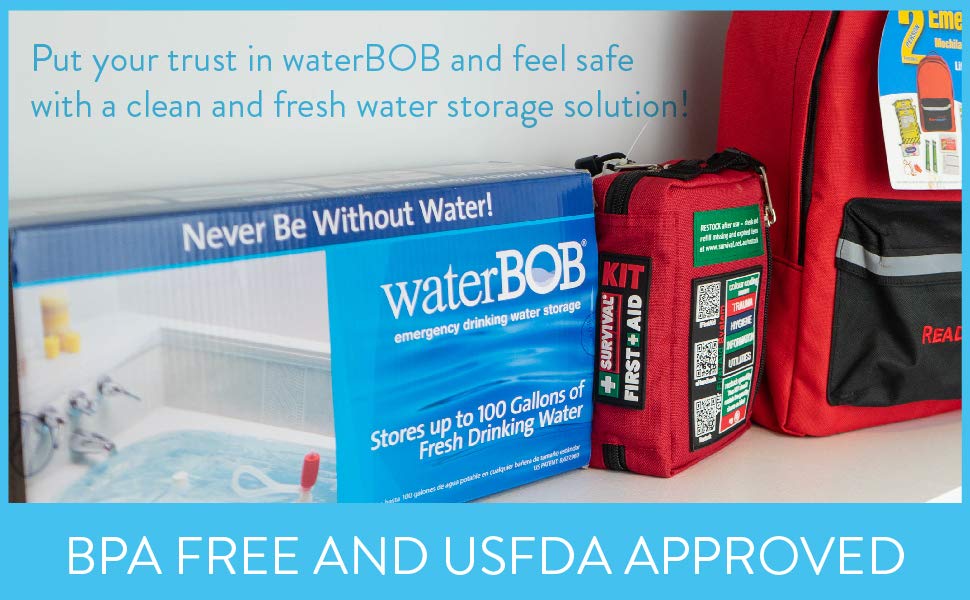
100-Gallon Bathtub Container (aka Water Bob) isn’t the most convenient way to store water, but if you KNOW a hurricane is coming you can fill it with 100-gallons of water and it sits in your bathtub. It does have a spigot, but you might want another (reader reviews say it doesn’t come with a good spigot). If you want to break this down, this Water Bob will hydrate one person for 30 days with just a little over three gallons per day. Pros: Cheap (found on Amazon). Cons: Not easily accessible. Not the best spigot. Not transportable in the event of an evacuation.
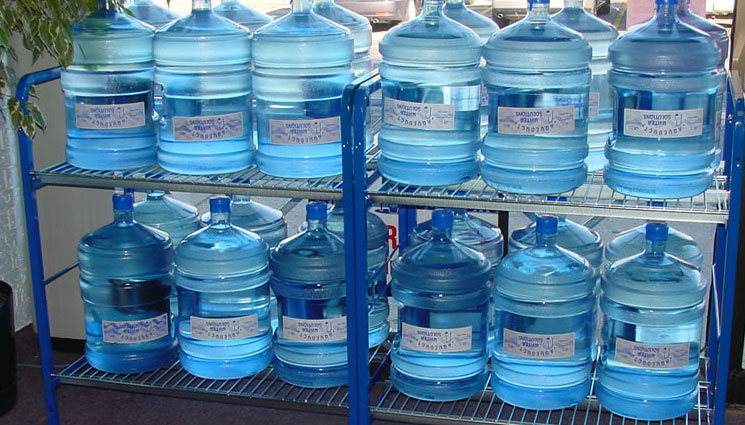
5-Gallon Tanks are another option. Many local grocery stores let you fill your own after your purchase of the container. You could count one 5-gallon tank for two days-worth of water for one person. Pros: Clean water, not expensive. Cons: They are heavy and hard to haul in the event of evacuation.
55-Gallon Water Barrels is good for personal hygiene but because it’s hard to rotate, you wouldn’t want to use it for cooking or hydrating. One 55-gallon barrel would suffice for one person for a month, but you’d have less than 2-gallons a day per person. This type of water storage does have its place though, especially in drought-stricken areas. You can store them outside with a UV protector bag over them (to protect against cracking, leaking and algae formation). Pros: Inexpensive. Cons: You do need a Bung and a siphon pump; difficult to access the water or to transport.
And there are other choices—a 250 gallon tank, Blue Can water, etc., but these are expensive, and not practical for us.
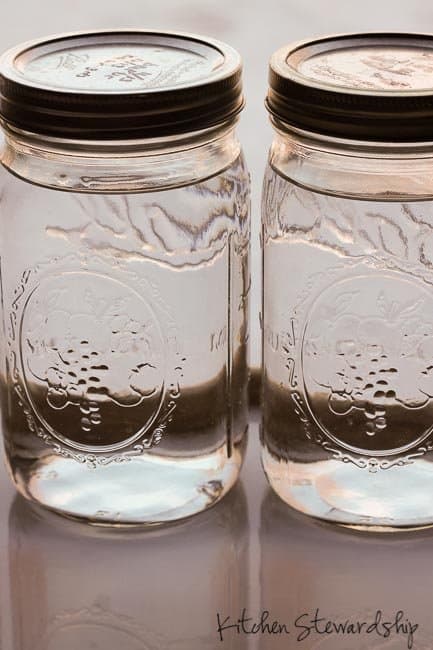
Linda’s the pro on water storage and I eventually will follow her lead; I like the WaterBrick option. But until I have the money needed for the amount of WaterBricks we need, we’re filling all our 2 liter plastic bottles, gallon milk jugs, glass kombucha bottles, and empty glass canning jars with water. They free and easy to tote if we had to evacuate.
While I have a lot to learn about preparedness, one thing I do know for sure: if we’ll prepare now for what may come, we’ll be able to cope, and do so in comfort!
- www.nj.com
- www.pixabay.com
- www.samsclub.com
- www.foodstoragemoms.com
- www.amazon.com
- www.theprepperjournal.com
- www.kitchenstewardship.com
 Alice Osborne
Alice Osborne
Weekly Newsletter Contributor since 2006
Email the author! alice@dvo.com
